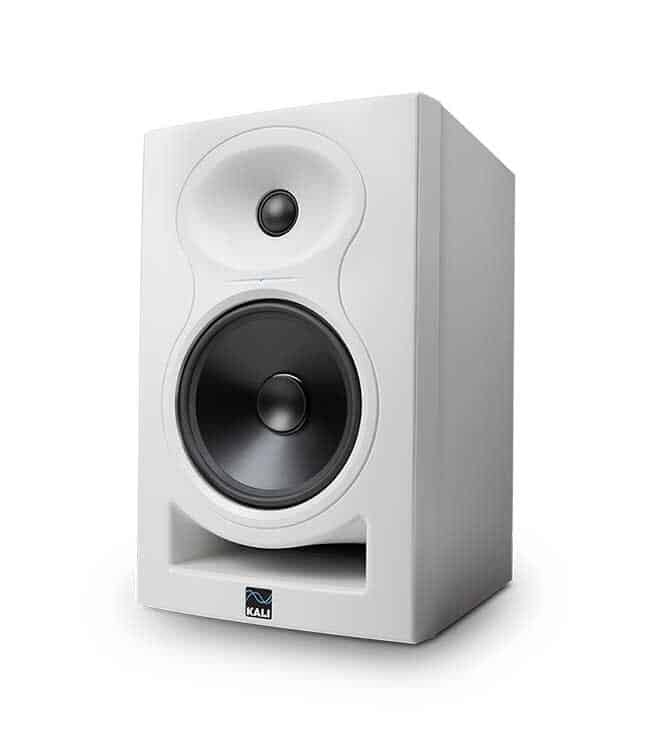
Kali Audio’s Lone Pine Arrangement studio monitors are outlined to permit you to listen to each detail that’s happening in your mix. This begins with an outstandingly precise recurrence reaction. Anything that is displayed on your mix is what you’ll listen to in these monitors. Nothing is boosted or stifled to cover blemishes or attempt to sound more pleasing. With the LP-6 and LP-8, you’ll be able to mix with more certainty, and you’ll be able to be guaranteed that your mix will decipher as best as conceivable to anything systems your group of onlookers is utilizing.
The single most critical angle of a studio monitor is its precision. A great studio monitor ought to display the fabric it’s playing reliably, permitting you to create basic choices that you simply know will decipher to all the frameworks that your work will eventually be played on. Rather than make our claim claims around the precision of our speakers, we had them freely tried by Professional Sound Testing in Greenville, Indiana. You’ll download their full test information from the joins underneath, and investigate the recurrence reaction, scattering, and twisting characteristics of both the LP-6 and LP-8
Kali Sound characterizes a tuning in remove as the most extreme separate at which the speakers can play ceaselessly at 85 dB whereas keeping up 20 dB energetic headroom. This implies that anyplace inside that tuning in remove, you’ll tune in for long periods of time at reference volume, and transient crests such as bass drops or blast impacts will come through clearly and with negligible twisting. The LP-6 has sufficient output for most 1-2 individual setups, and the LP-8 can handle bigger setups effectively.
The port tube on LP-6 was outlined to guarantee that all of the discuss clear out the port tube at the same speed. This makes a difference include to the moo conclusion reaction of the speaker, whereas keeping the bass clean, tight, and destitute of additional clamour. The waveguide on the Lone Pine Arrangement studio monitors guarantees that the directivity of the amplifier is smooth all through its recurrence reaction. What’s more: it’s calibrated so that the sound control of the amplifier makes a difference to see sound precisely.
Image: Kali Audio
